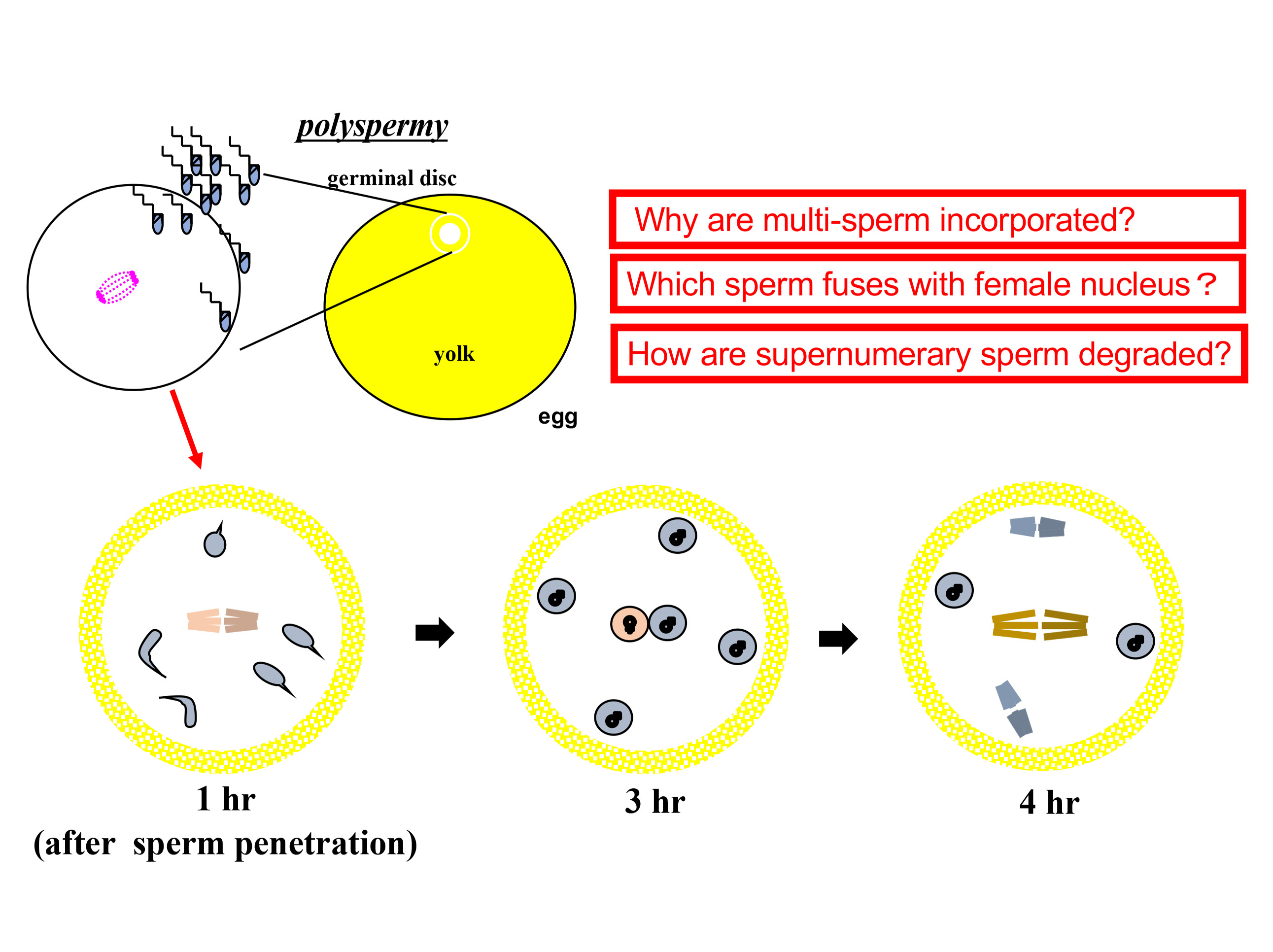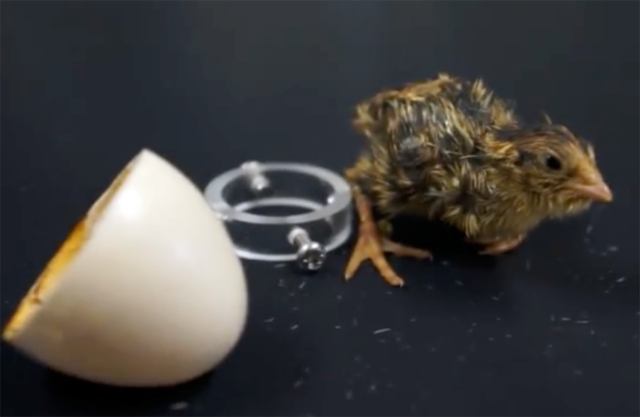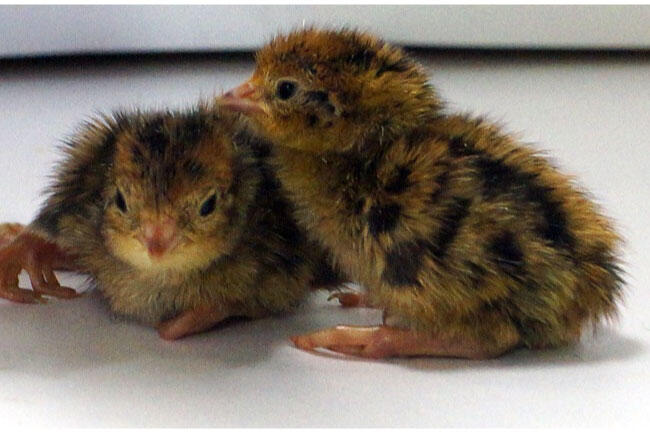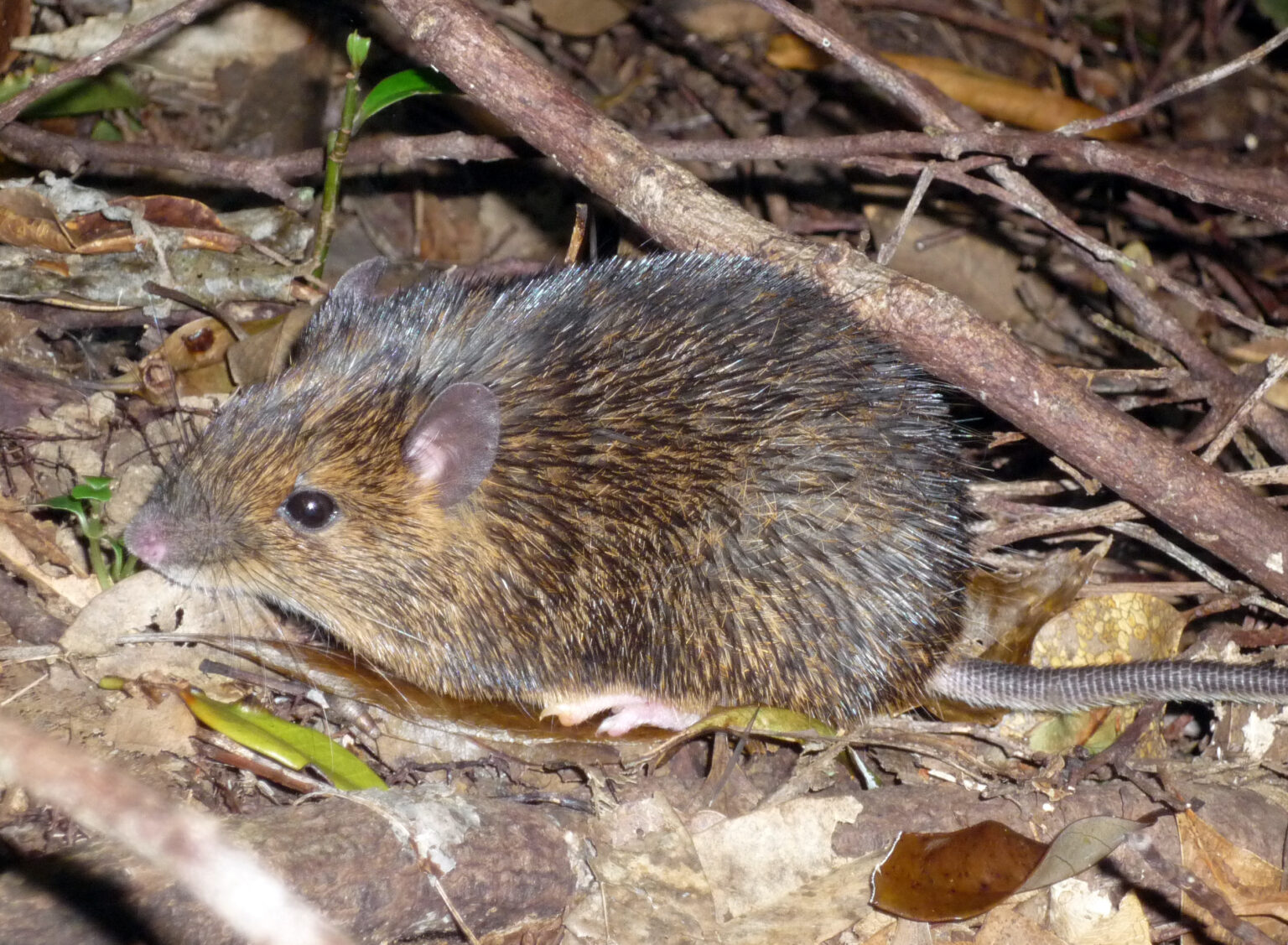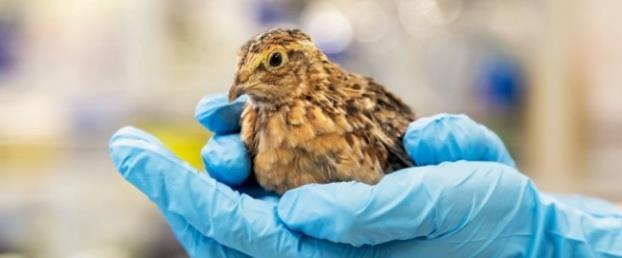MIZUSHIMA Shusei
Associate Professor
Understanidng of avian spesific polyspermic fertilization system
Department of Biological Sciences, Reproductive and Developmental Biology

| Theme | Molecular Mechanisms of fertilization and early development and establishment of novel gene modification methods in birds |
| Field | Avian Reproductive Biology |
| Keyword | Bird, Polyspermic fertilization, Egg activation, Germ cell, Cleavage, In vitro fertilization, Genome editing |
Introduction of Research
Birds exhibit physiologically polyspermic fertilization, in which the entry of several sperm into one egg is permitted. We have previously established avian intracytoplasmic sperm injection (ICSI) method and this technique have revealed that a single sperm is insufficient for triggering fertilization and subsequent early embryo development. In order to understand more comprehensive avian polyspermic fertilization, we try to elucidate the molecular mechanism which regulates sperm selection for zygotic formation, now (Figure 1 Movement and degradation of sperm nuclei in germinal disc of avian egg).
We also try to establish a new method of avian transgenesis and gene editing by in vitro fertilization technique (Figure 2 Avian specific in vitro fertilization system), because a progress in gene modification in birds has been hampered due to the lack of traditional strategies such as pronuclear injection of DNA, sperm vector and somatic nuclear transfer. Establishment of this new avian technologies will aid our understanding the mechanism of avian fertilization and sex differentiation of germ cell and so on, as well as assisting in the production low allergenic egg via the disruption of allergen-related genes.
Representative Achievements

| Academic background | 2002 Bachelor of Animal Science and Technology, School of Veterinary Medicine, Azabu University 2005 Master of Bioagricultural Science, Graduate School of Bioagricultural Sciences, Nagoya University 2008 Doctor of Bioagricultural Science (Ph.D.), Graduate School of Bioagricultural Sciences, Nagoya University 2008-2011 Research Associate, Faculty of Human Sciences, Waseda University 2011-2014 Research Fellowship for Young Scientists (PD), Departement of Agriculture, Shizuoka University 2015-2016 Assistant Professor, Graduate School of Science and Engineering for Research, University of Toyama 2017- Assistant Professor, Faculty of Science, Hokkaido University 2015- Visiting Associate Professor, Departement of Agriculture, Shizuoka University |
| Affiliated academic society | Japan Poultry Science Association, World Poultry Science Association, Japanese Society of Animal Sciences, Zoological Science of Japan |
| Room address | Science Buiding 5 11-03 |

